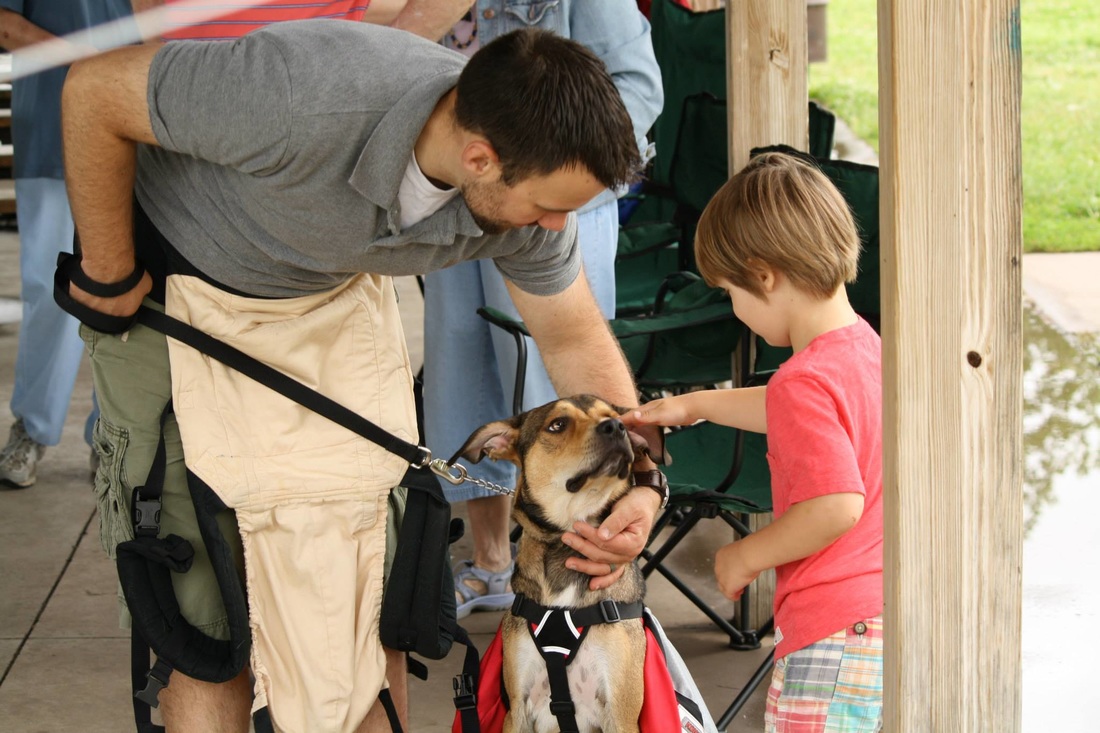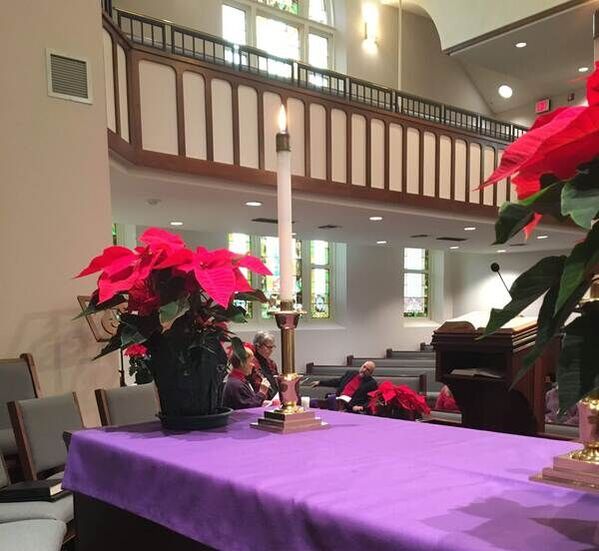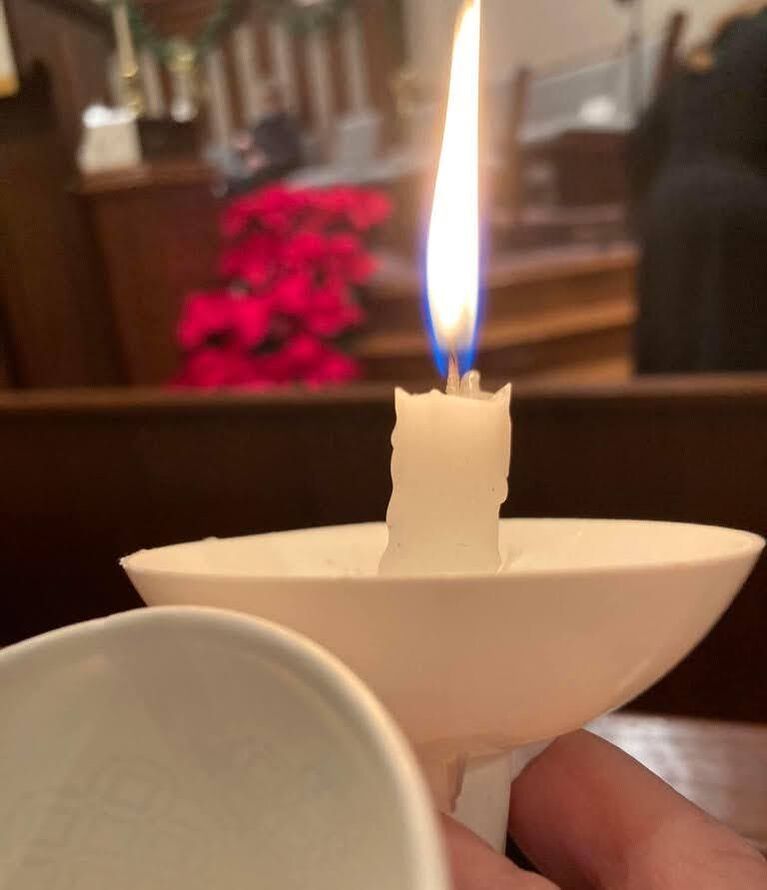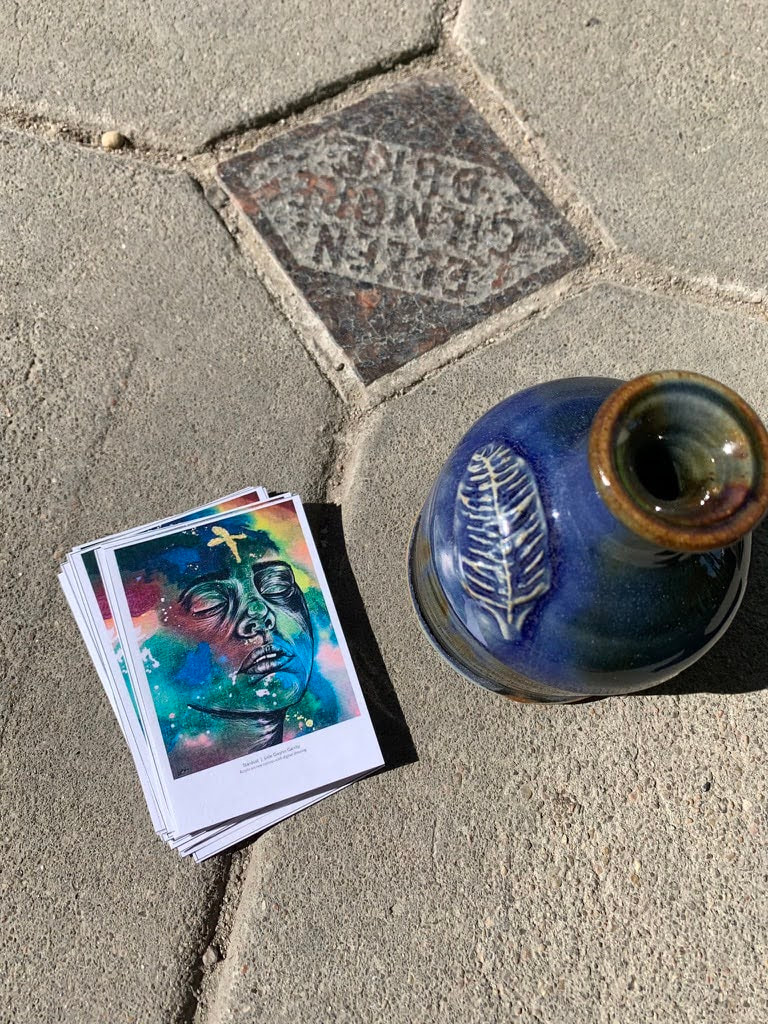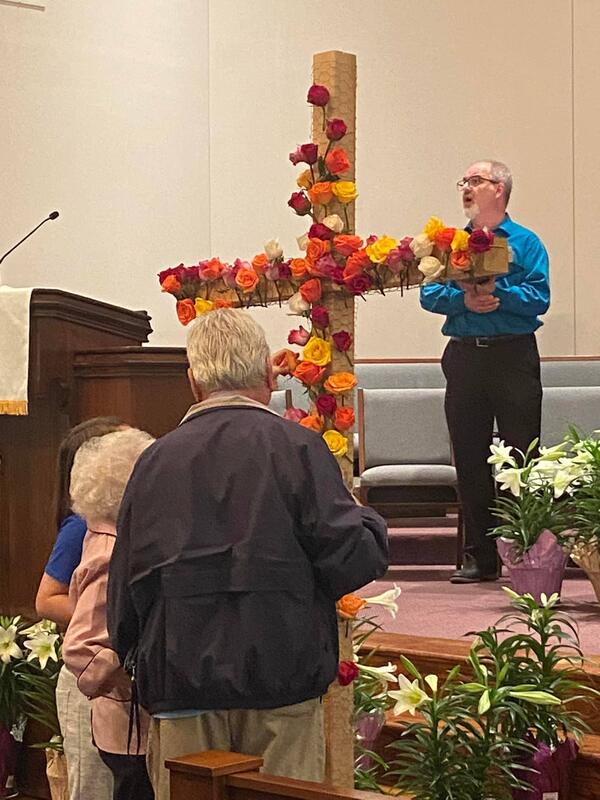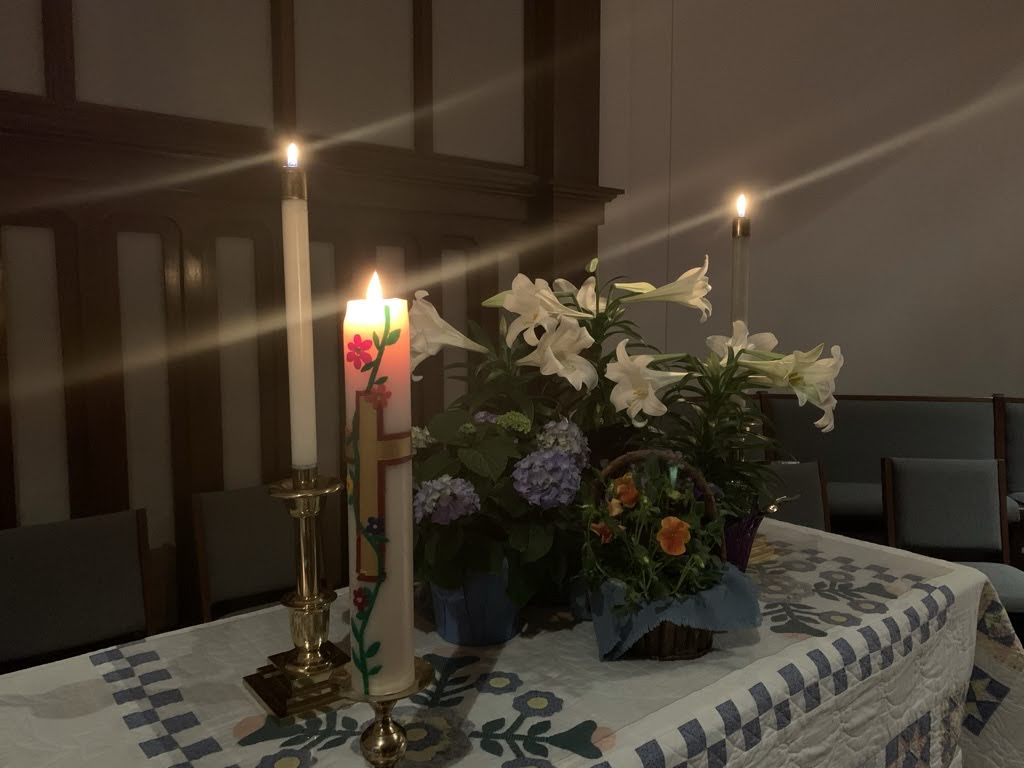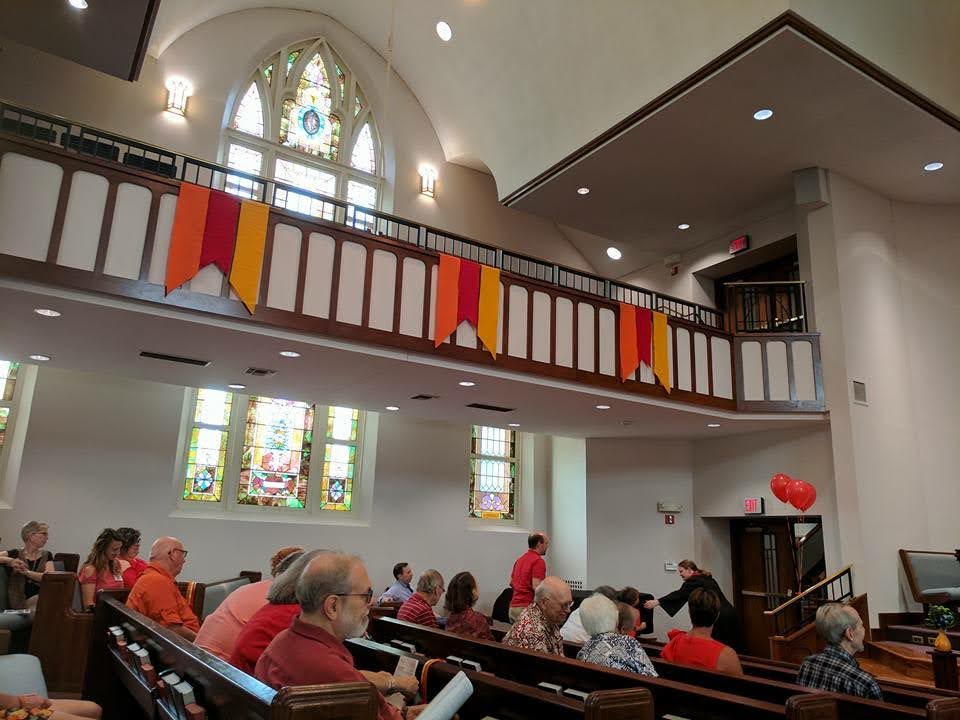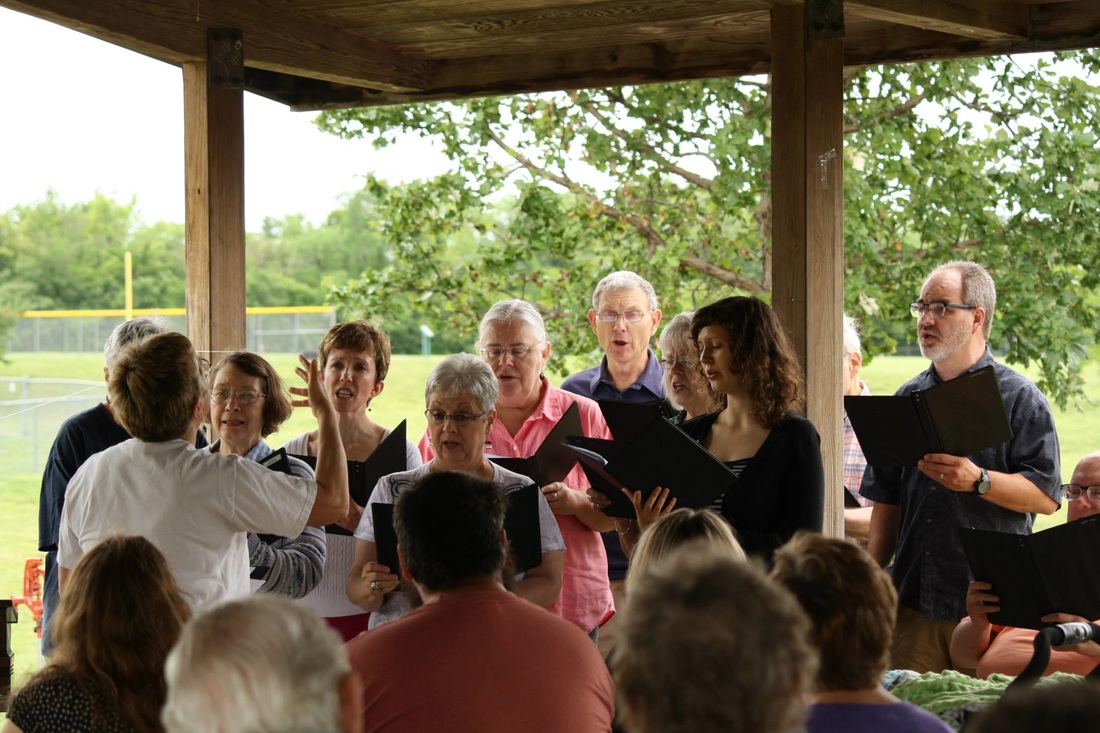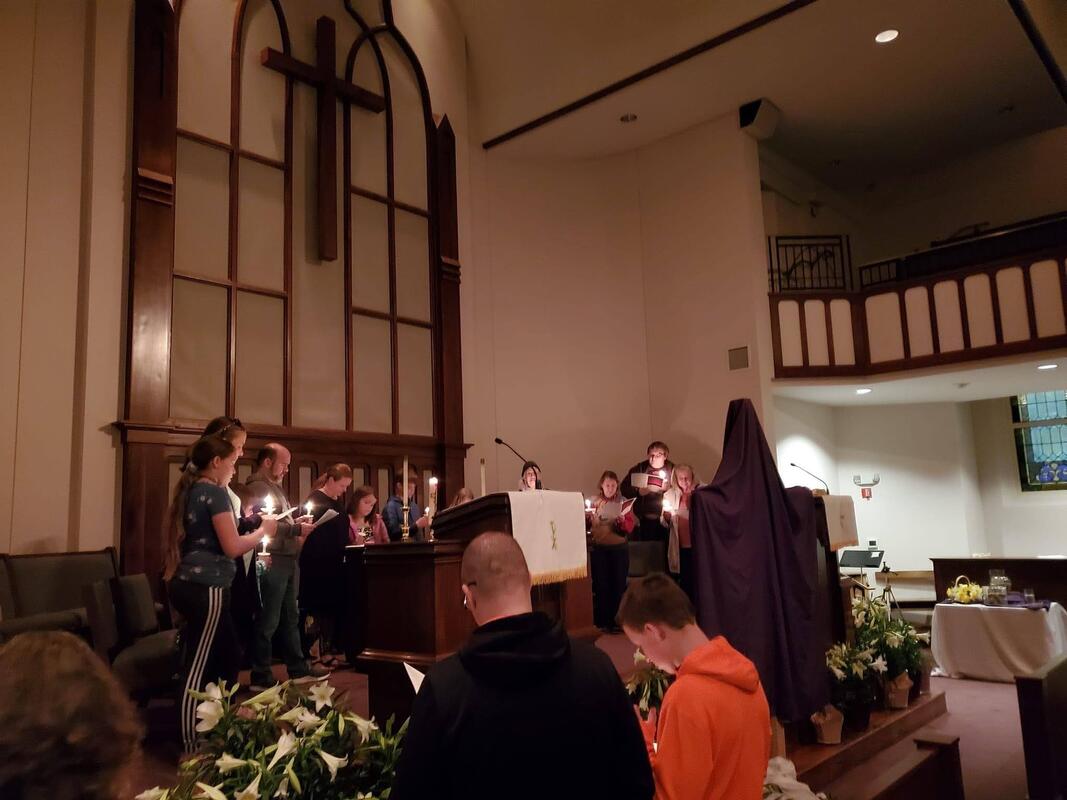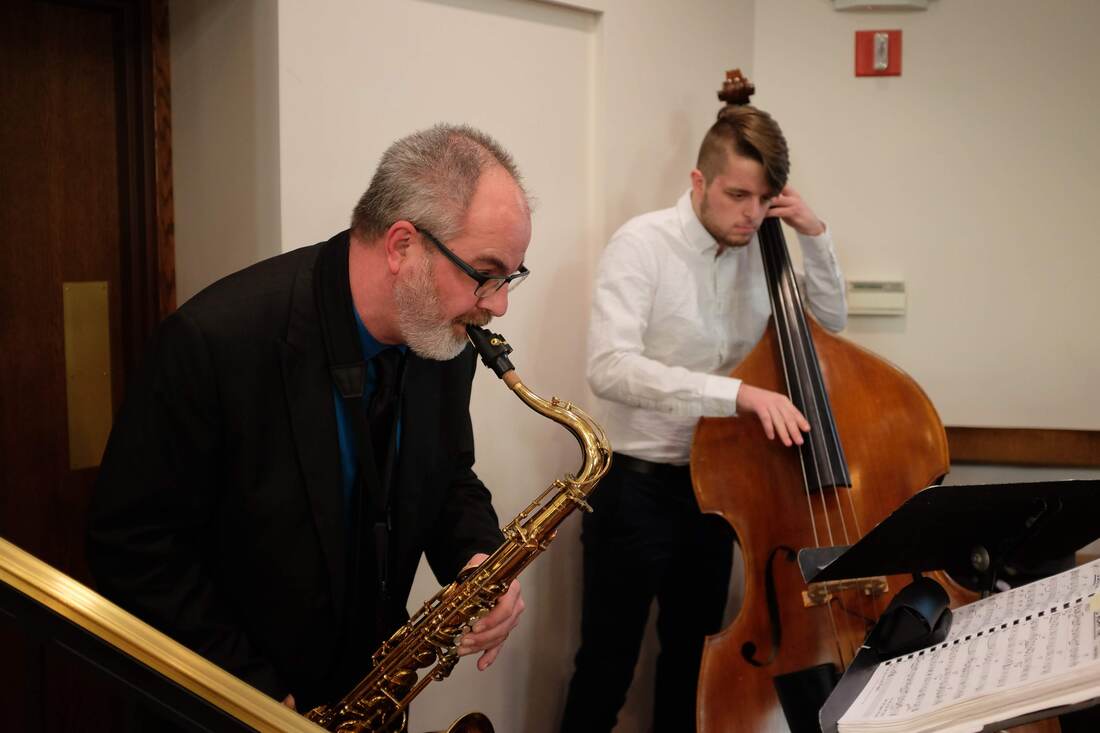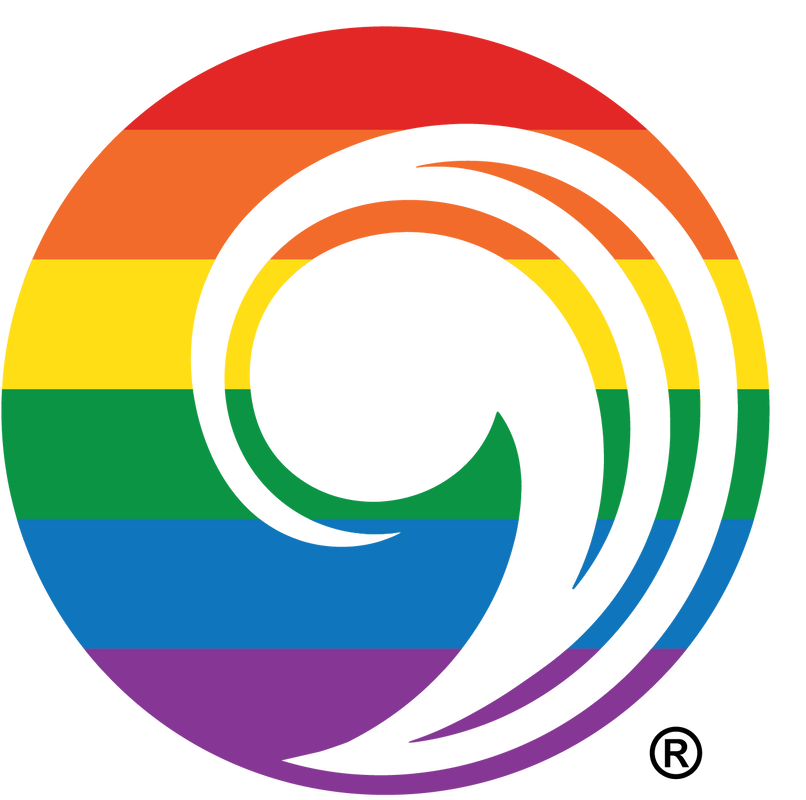Special Worship Services
|
Blessing of the Animals
We have a special Sunday morning outdoor celebration during which we celebrate all of God’s wonderful creation. Our worship includes our animal companions as people bring their pets to receive a special blessing in the service. Of course we have a picnic—you wouldn’t go to the park without having a picnic! This service is usually held sometime in June at one of the many local parks. World AIDS Day On the first Sunday in December, we gather for an evening worship service of remembrance, reflection, and re-commitment. We remember those we have lost to HIV and AIDS. We reflect on the current state of the AIDS epidemic. And we recommit ourselves to caring for those who are ill and working to end discrimination against those living with HIV and AIDS. |
|
Advent
Christians have long marked time on a calendar different from those we hang on our walls. In the Church, the season of Advent begins the year. Advent includes the four Sundays preceding Christmas, beginning with the Sunday closest to November 30. We light candles on the Advent Wreath each Sunday to remind us of God’s light coming into the world in Jesus. While the secular world may begin celebrating Christmas as soon as the Halloween candy is cleared away, in the church we wait. Advent can be a powerful antidote to the excess of a commercialized Christmas. We wait, and in waiting, prepare ourselves for a more meaningful celebration of Christ’s birth. Christmas Eve With our Advent waiting concluded, we gather the evening before Christmas Day (December 25) to celebrate the birth of Christ with a festive service of Word and Sacrament. Worship usually includes lots of Christmas hymns and carols for choir, congregation, instrumentalists, bells, and organ. We celebrate Holy Communion and share the light of Christ in a darkened sanctuary. This is always a service with many visitors, family, and friends. Our Christmas Celebration then continues on Sundays through Epiphany (January 6). |
|
Ash Wednesday
Ash Wednesday marks the beginning of Lent, which is the forty-day period (not counting Sundays) before Easter. Because the date of Easter changes each year, so does the date of Ash Wednesday—some time in February or March. We mark Ash Wednesday with an evening service of music and symbols. We use water to remind one another of our baptism. We write down the burdens we wish to leave behind on slips of paper to be burned. These ashes are added to the ashes made from palms from the previous year’s Palm Sunday celebration and are then used in the ancient ritual of marking the forehead with a cross. We conclude with the “exchange of peace” in which we physically remind one another of our reconciliation through a handshake or embrace. Holy Week Palm Sunday (the last Sunday in Lent and the Sunday before Easter Day) begins our observance of Holy Week. We remember Jesus’ triumphal entry into the city of Jerusalem with a palm procession that begins with us all gathered outside the church. After we hear the story from scripture and bless the palms, we all process into the sanctuary shouting, singing and waving our palm branches. It is a celebration for all ages! This same day is also the Sunday of the Passion on which we remember the story of Jesus’ betrayal, trial, and execution. We hear the story from scripture in various ways, some years in music, others in dramatic reading. On Maundy Thursday we share a simple meal of soup and bread in the fellowship hall. We share some prayers, songs, and hear words from scripture. We celebrate a simple celebration of communion around the dinner table. On Good Friday we often gather with Christians from other churches to read scripture, make space for quiet mediation, and keep vigil while we await Easter morning. Easter Day Easter is always a big celebration on Sunday morning. We begin with a potluck Easter Breakfast. Worship always includes glorious music to celebrate the resurrection of Jesus—often including brass or other instruments in addition to the choir and organ. Following worship, children participate in an Easter egg hunt on the church lawn organized by the youth. The date of Easter varies from year to year because, like the Jewish feast of Passover, it is determined by the lunar calendar. (In case you want to know, Easter is the first Sunday after the first full moon after the spring equinox. Because the full moon varies, so does the date of Easter.) The celebration of Easter continues for 50 days, concluding with Pentecost. |
